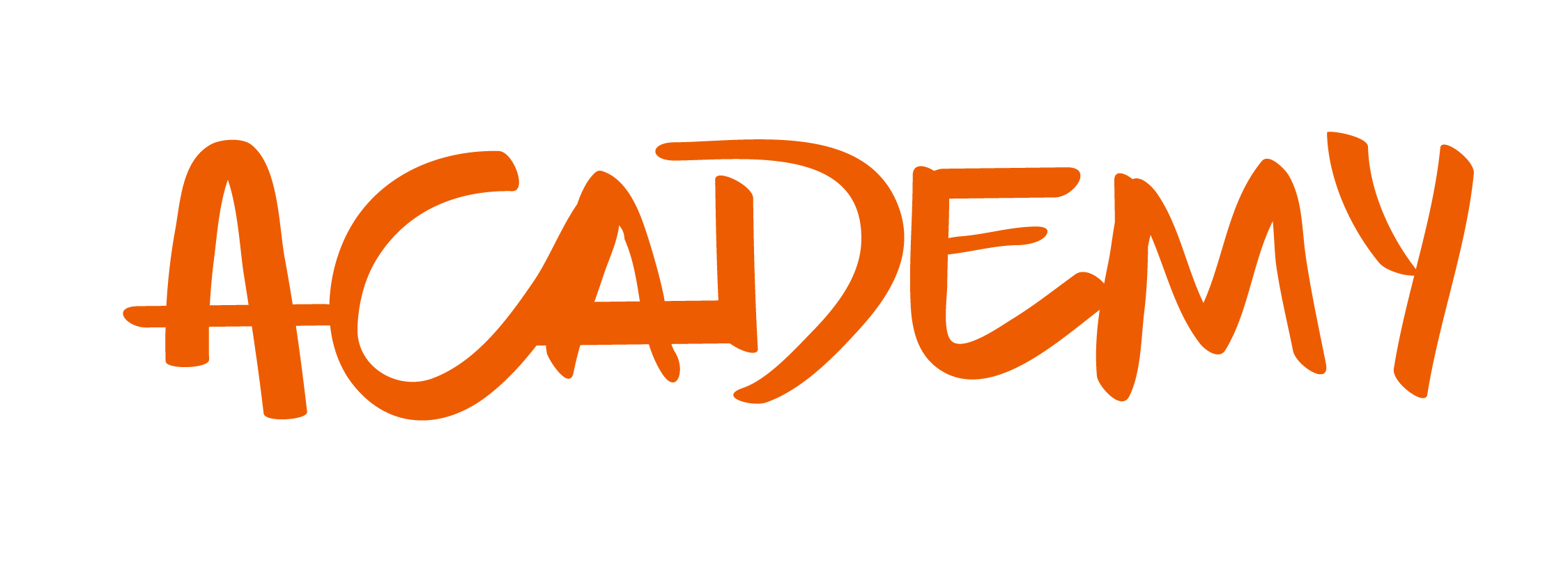Trending topics in IT Management
Information technology is a rapid and fast evolving industry and market. This isn’t any news of course, since its creation IT has always been involved in advancing the technological and development frontier. The advancements created in the IT field are not only important for the IT industry, they also influence and dictate the pace almost every other industry will have for the foreseeable time.
Since the industry is continually evolving, managers and leaders need to be up to date on the current trends, in order to know the state of the market and respond accordingly. And this is not a purely tech related development. The constant changes and demands from the market also require a renovation in the way the work in itself is done. Employee management, new required team member competencies, and updating leadership skills also play an enormous role in the effectiveness and success of the operation.
Employee well-being and engagement becomes top priority
Soft skills are what differentiates an okay manager from a great leader. Knowledge in your field is not enough to keep employee retention, management skills are necessary in order to:
1) Improve and streamline the workflow.
2) Keep up the working conditions for employees, thus keeping up the quality of their work.
This past year was a tough blow for many enterprises, and the transition to remote or hybrid methods of work was hard for companies with obsolete management styles. Recent research shows that 61% of Americans felt they were experiencing burnout, according to Business Insider.
The Covid-19 pandemic forced companies to take a harder look into their health and safety regulations. But some were able to start this change before the virus even hit. The trend of prioritizing employee well-being is an excellent initiative, and the benefits are great, for the talent and the business.
A paper published in 2019 by the Center for Economic Performance analyses this topic in depth. They reached 3 big conclusions from the data they gathered from the Gallup Organization.
- High levels of employee wellbeing correlates with more creativity, better task performance and increased productivity.
- High levels of employee wellbeing correlates with improved company key performance metrics. Like customer loyalty, profitability, and staff retention.
- Companies with high levels of employee wellbeing also have a tendency of doing better in stock market performance and business growth.
The ways in which IT leaders choose to take action in taking care of their talent can vary, but introducing coaching initiatives, defining realistic performance expectations and helping manage time in a more efficient way are a good start.
How to build upon employee engagement
Great managers and leaders strive to generate an engaging work space where the talent can display their best attributes and skills. A team where employee engagement is taken as a serious concern usually has a streamlined workflow and excellent productivity and profitability rates. The team members involved feel more fulfilled by doing their work, while also being highly responsible and accountable for it.
There’s a shift between what leaders learn in development academies and competency models and what is actually measured in employee engagement surveys. The rift can be solved by changing managerial behaviors.
The path towards a better employee engagement is with data and training managers accordingly. The first step is to analyze the surveys across the whole enterprise and look how the information is distributed across the different areas. Are the lower rates in a particular area? Who manages it? Does it vary inside the same team? Does it show a correlation with a certain position?
Once you have managed to evaluate the data you need to train and coach your leaders in the aspects they need in order to improve their particular employee engagement metrics. The training should focus on developing emotional intelligence and behaviors that can increase the emotional commitment from the teams. This training could include using coaching methods for approaching the talent, giving effective feedback at the right time, raising positive recognition, building trust and fostering a culture employees would like to participate in.
Increased need for digital transformation
The shift towards digital transformation last year was urgent and had a desperate tinge to it. Industries not accustomed to working remotely, like gastronomy, hospitality, and services had to manage however they could to find their way in a landscape of digital transformation.
But even when there’s a great need for a change in how work is carried along in every industry, not everyone is ready for automation and digital transformation. A study carried out by IBM explained that 1 in 4 CEOs and CTOs said their digital transformation is only just beginning.
One of the hot topics has been the need for experienced and effective leadership that can guide companies looking to incorporate new technologies. A strong experience and a digital acumen has become extremely important, and many leaders are looking to grow in this area, in order to improve their decision making, business adaptability, virtual collaboration and make a smoother transition to remote work.
New virtual solutions
Although we can begin to see an end to the pandemic, there are certain tools and methods that we can keep developing and implementing. Companies have made an effort to keep communication and collaboration through digital means, like virtual meetings, new messaging solutions, and remote project management softwares.
This is a perfect opportunity for leaders to listen to their talent pool and find new ways to collaborate. Some workers are looking forward to returning to the office, but others will prefer a hibry method, combining telework with some days at their respective working spaces. According to research, around 54% of American employees wish to remain working from home after Covid-19. Remote solutions are great for keeping the last group satisfied and the whole team on board with the current going ons at the company.
Effective project management tools are an asset in any work condition, but are an even greater feat in these times. They can help with streamlining and organizing internal procedures, real time scheduling, informing automatically how many tasks a team member has. All of this in a cloud based service. Thus preventing talent oversaturation. More employees can participate in recorded digital coachings and training, which could have been impossible for them due to time restrictions.
Group Coaching & Democratization of Leadership Development
Senior executives and staff have historically received elite education programs and retreats in some of the most prestigious institutions. New managers usually received mandated leadership developing programs that were fast and intense. Nowadays things have changed, but there’s still some issues with implementing leadership development along hierarchies and across the whole company.
We have already talked about the importance and benefits of giving the right tools to management positions, especially project managers. The general population seems to be aware of the importance of educating the talent pool, and especially team leaders. There’s a will in place, but it can still be difficult to implement a program for leadership development.
Some trends to make this happen include offering group coaching, using one executive coach for around ten managers. Synchronizing topics across different areas of the business is also a good way of supporting each manager’s needs on a regular basis.
It can help improve communication and collaboration between different leaders that otherwise would not be in touch. Another trend are Artificial Intelligence powered bots and personalized support from companies like LEADx or Qstream.
Updated with new technology trends
Artificial Intelligence has improved greatly in the last few years. And there are new ways of implementing these features in order to improve a business. Although AI has faced some challenges in application in areas like HR, it’s a natural process. The landscape is different now, with effective AI automation for management needs at reach. There are many software solutions that can correctly implement AI for profitability estimations and for looking at KPIs among the talent pool.
The recent applications of AI in the management area have jumped over many hurdles they couldn’t just a few years ago. With the increasing amount of data available and the possible implementations in the field, possibilities are endless, and closer than ever.
Diversity & inclusion (D&I)
Many influencers and discussions in social media have been gathering a lot of attention centering this topic. Diversity is an umbrella term that is unclear and undefined. But we can see recent examples in the BLM movement and the rise in harassment lawsuits against companies. Activision Blizzard being the most recent one to gather national attention, since this last July California’s Department of Fair Employment and Housing filed a lawsuit against them, after collecting “numerous complaints about unlawful harassment, discrimination, and retaliation”.
The importance of a diverse and inclusive working environment is so great that the last report from the Global Leadership Forecast shows there’s an enormous business advantage in promoting diversity leadership and development programs. Organizations with higher than average rates of gender, racial, ethnic and sexual orientation diversity in leadership positions have been 8 times more likely to financially perform in the top 10%.
Creating better employee experiences
Employee experience and engagement has become one of the differences between high attrition rates and a good talent retention program. And it has been crucial to check upon the care given to employees, in a remote work landscape. Engaged and satisfied employees improve organizational performance and even improve the chances of a company acquiring new top talent.
The trend to take better care of employees is improving the stakes for companies, and making day-to-day work better for the talent. Aside from creating better virtual experiences for them, and providing more flexible hours and benefits, the true and crucial aspect of improving an employee’s experience is knowledge.
Human resources metrics, and data pertaining to employee’s needs and efforts are the ways to retain talent. People analytics can give leadership roles the capacity to act upon their employee’s needs and train them where they need some help and create a more defined career path if they wish to. It’s also a great way to remove bias and make data driven decisions on the basis of the talent’s real work.
If you wish to tackle the trend of making better business decisions, while taking care of your talented employees, you could start by taking advantage of our AI powered, all-in-one software solution. At COR we want to make the professional service industry a better one, and help each business reach its full potential. Request a demo today!















